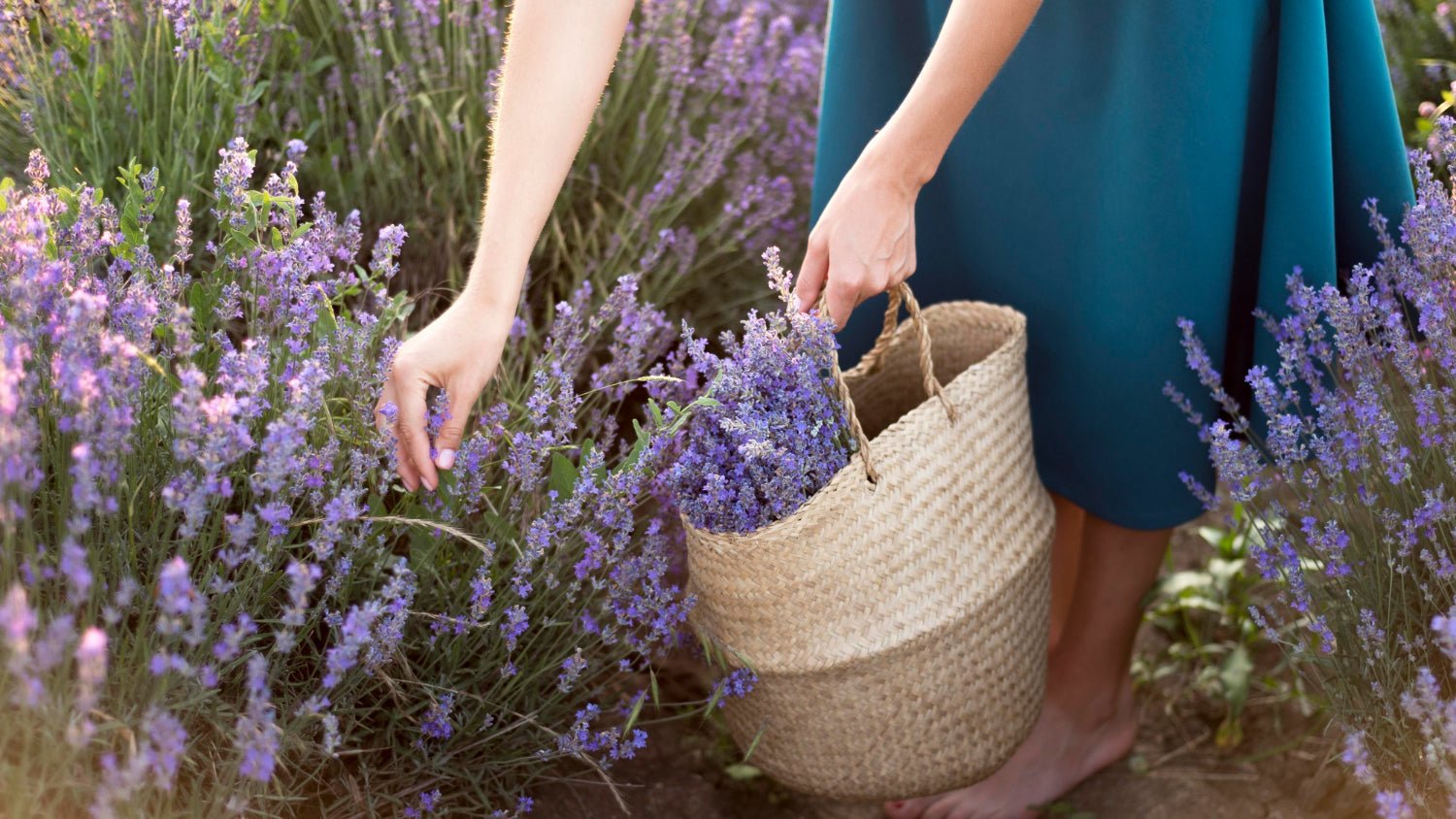
Lavender can bloom long and beautifully, but there’s one simple action you should take—and keep doing every year—to make that happen. What is it?
Lavender is an extremely popular choice among gardeners. In summer it adorns the garden, and in winter it still looks attractive as a dried flower. It’s also commonly used for soothing baths and herbal teas. Typically, it blooms from early summer to mid-autumn, though this depends on the variety you plant and your local weather.

If you want to extend the flowering period as much as possible, we recommend pruning the shoots—also known as deadheading and shaping. The most favorable time for this is August. Pruning has a rejuvenating effect: it helps lavender overwinter much better and rewards you with abundant blooms the following year.
Note that pruning shouldn’t be done only once a year. The first pruning is at the end of March—before active growth begins. During the flowering season, remove spent flower spikes, and carry out another light prune in autumn if needed.
In spring, remove all branches that were damaged by frost. From July through September, deadhead faded inflorescences and take out stems that have already lost their leaves. Be careful: one wrong cut can leave the plant weakened and more susceptible to disease.
Autumn pruning is usually done only if you didn’t manage to prune in spring. Choose dry, warm weather for the task, and don’t delay it until late autumn. As for the woody, old parts of the shrub—do not cut into them.

The takeaway is simple: pruning is essential when growing lavender. If you want to enjoy long-lasting blooms, make it a regular, year-to-year practice. Only then will you achieve consistently beautiful results.

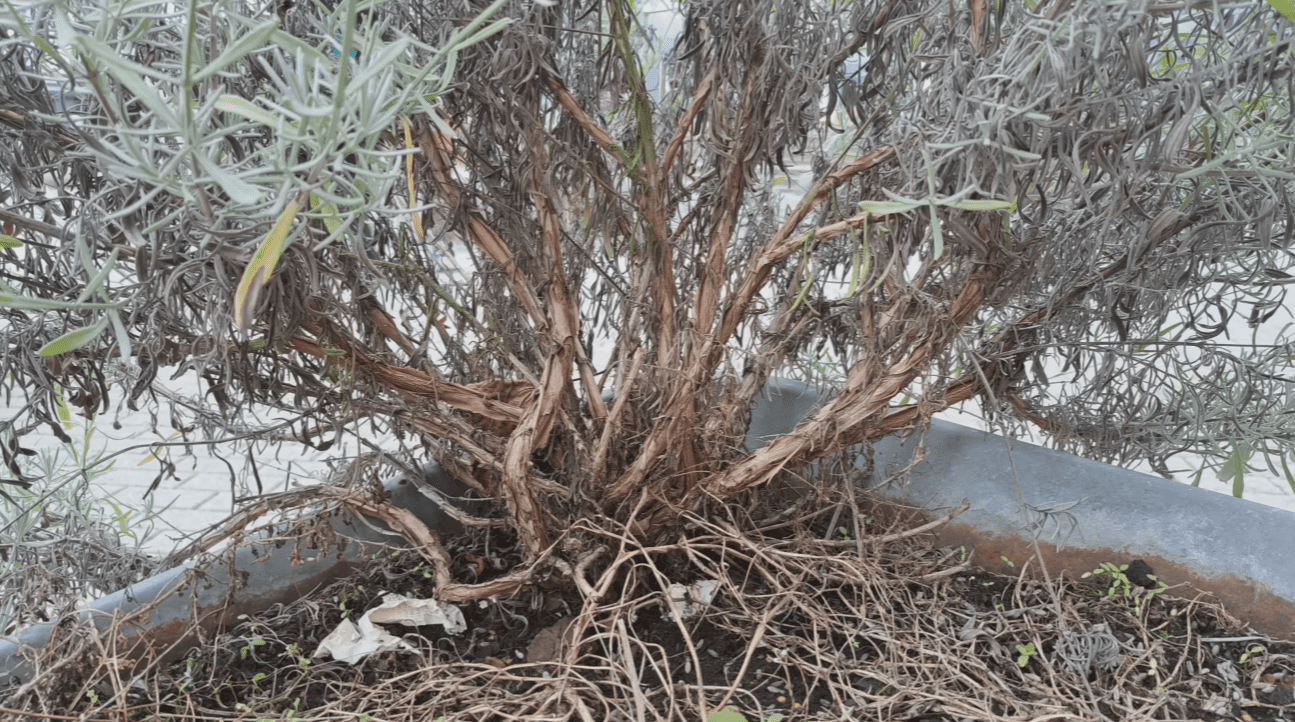
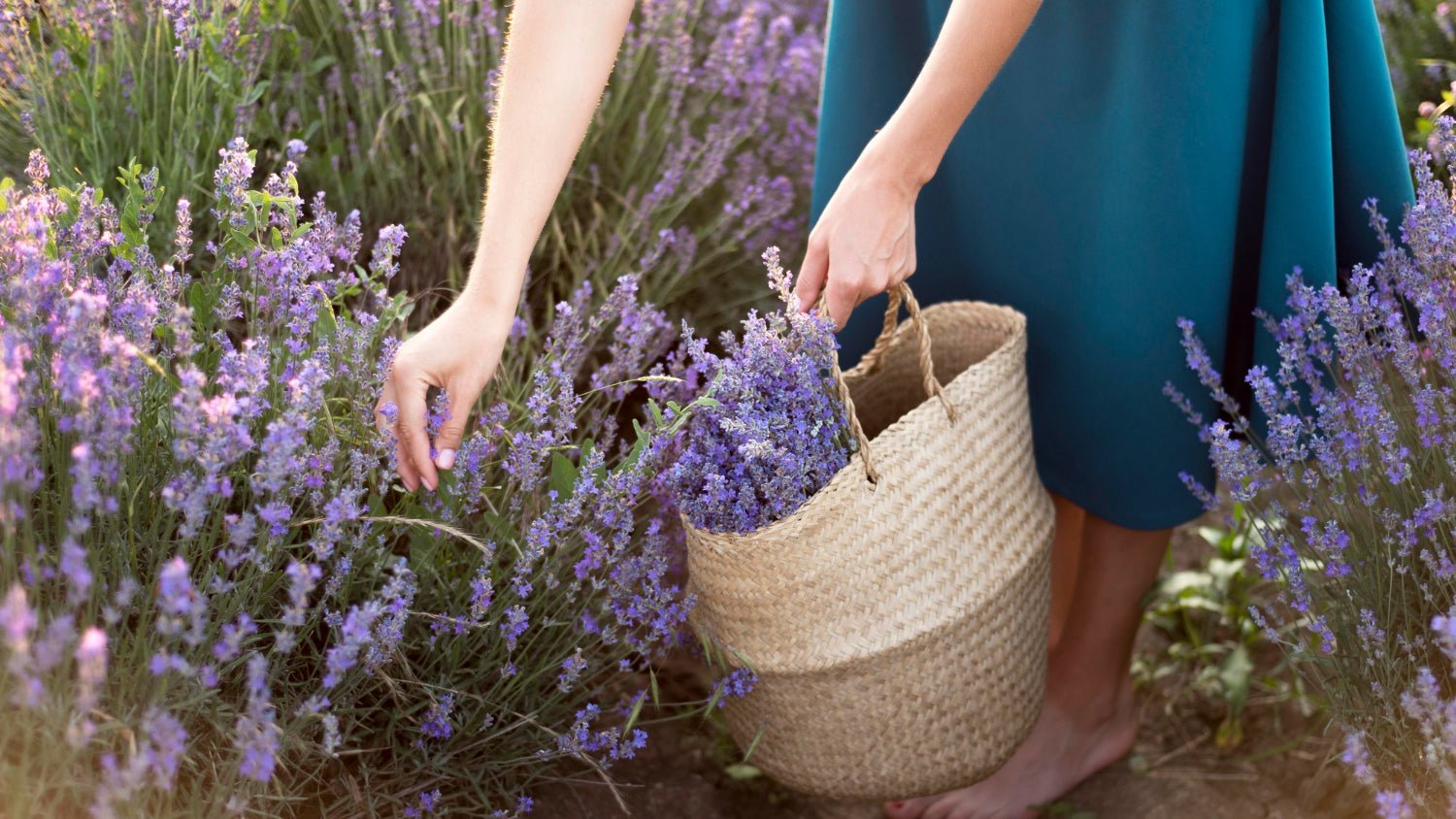
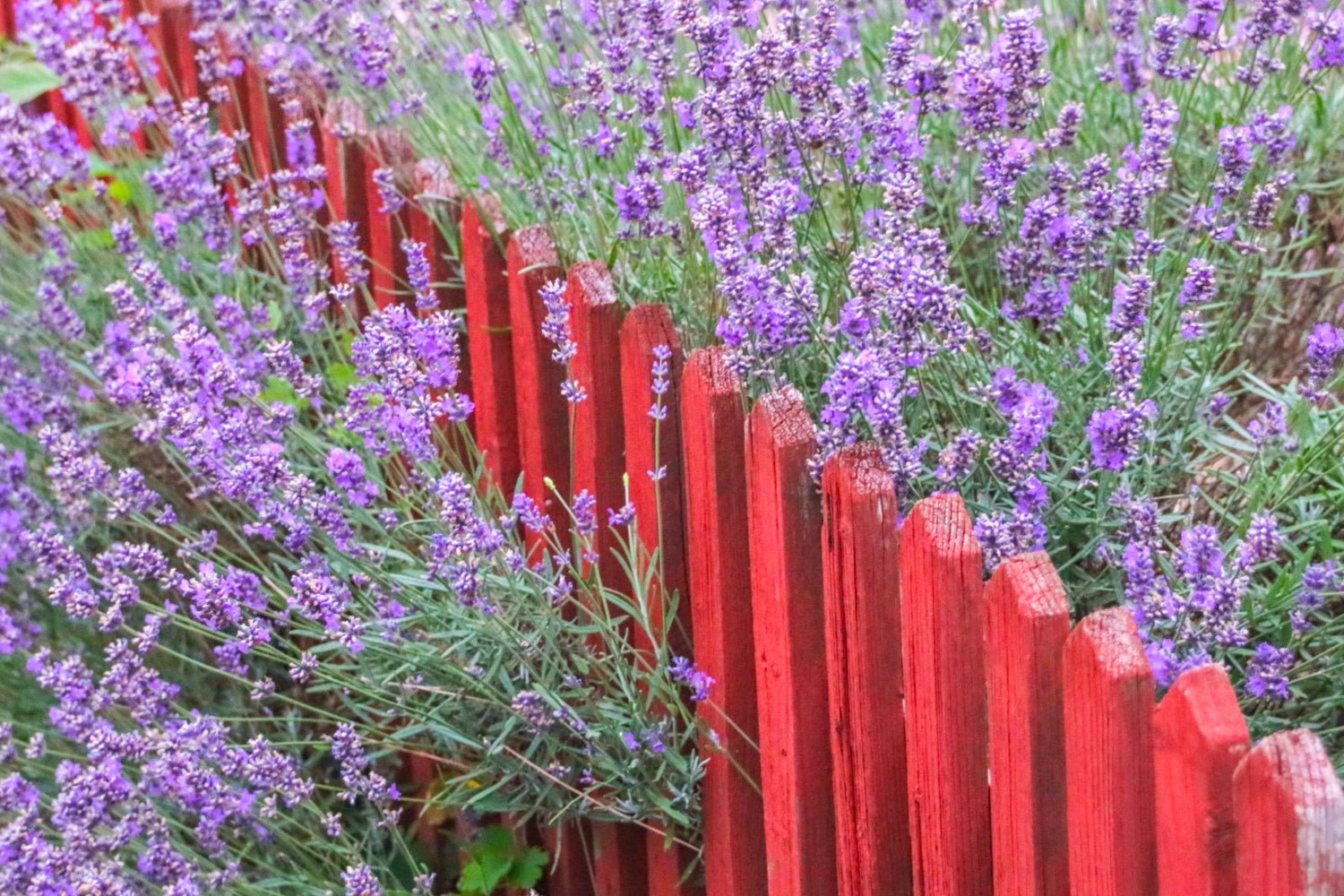
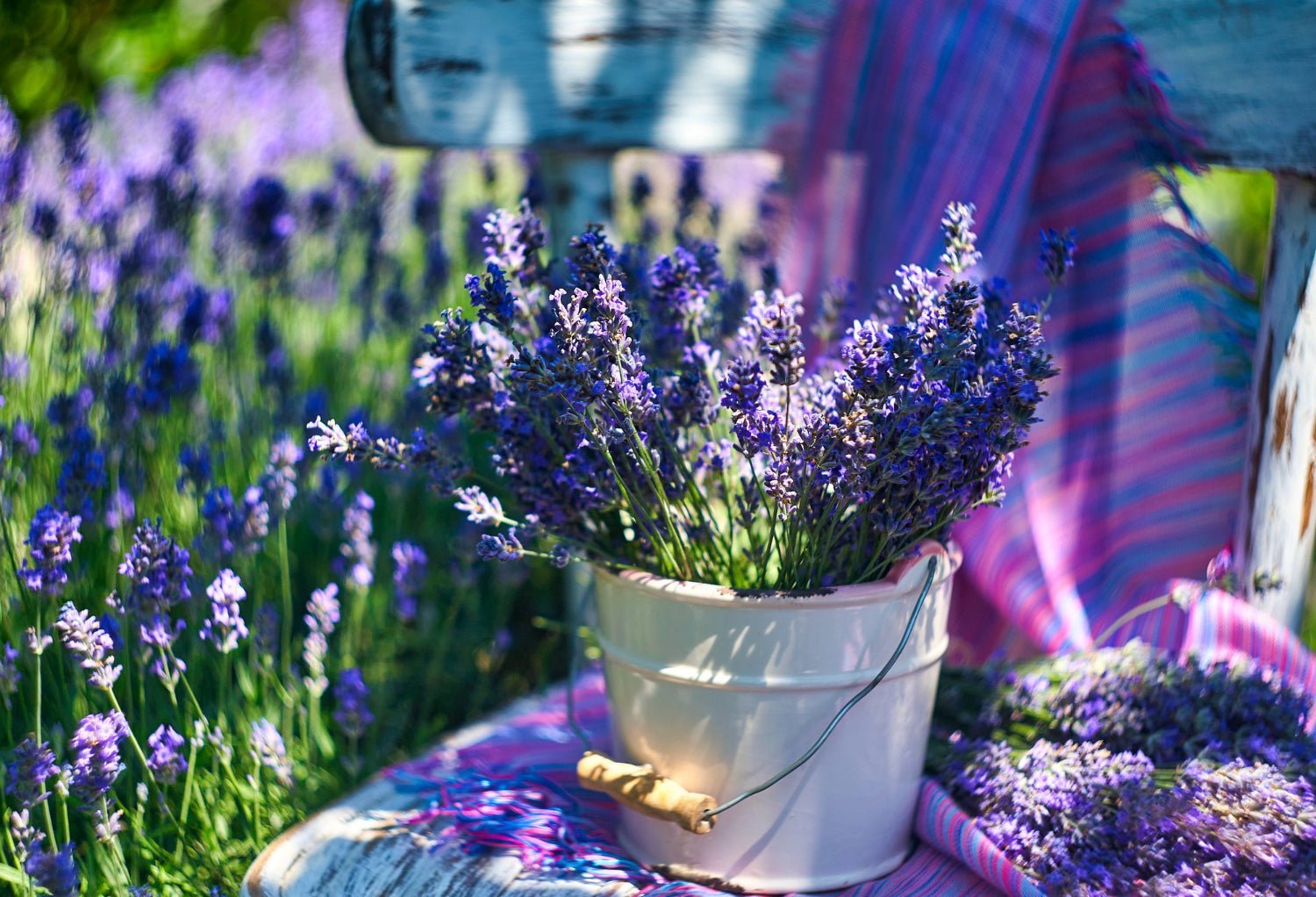

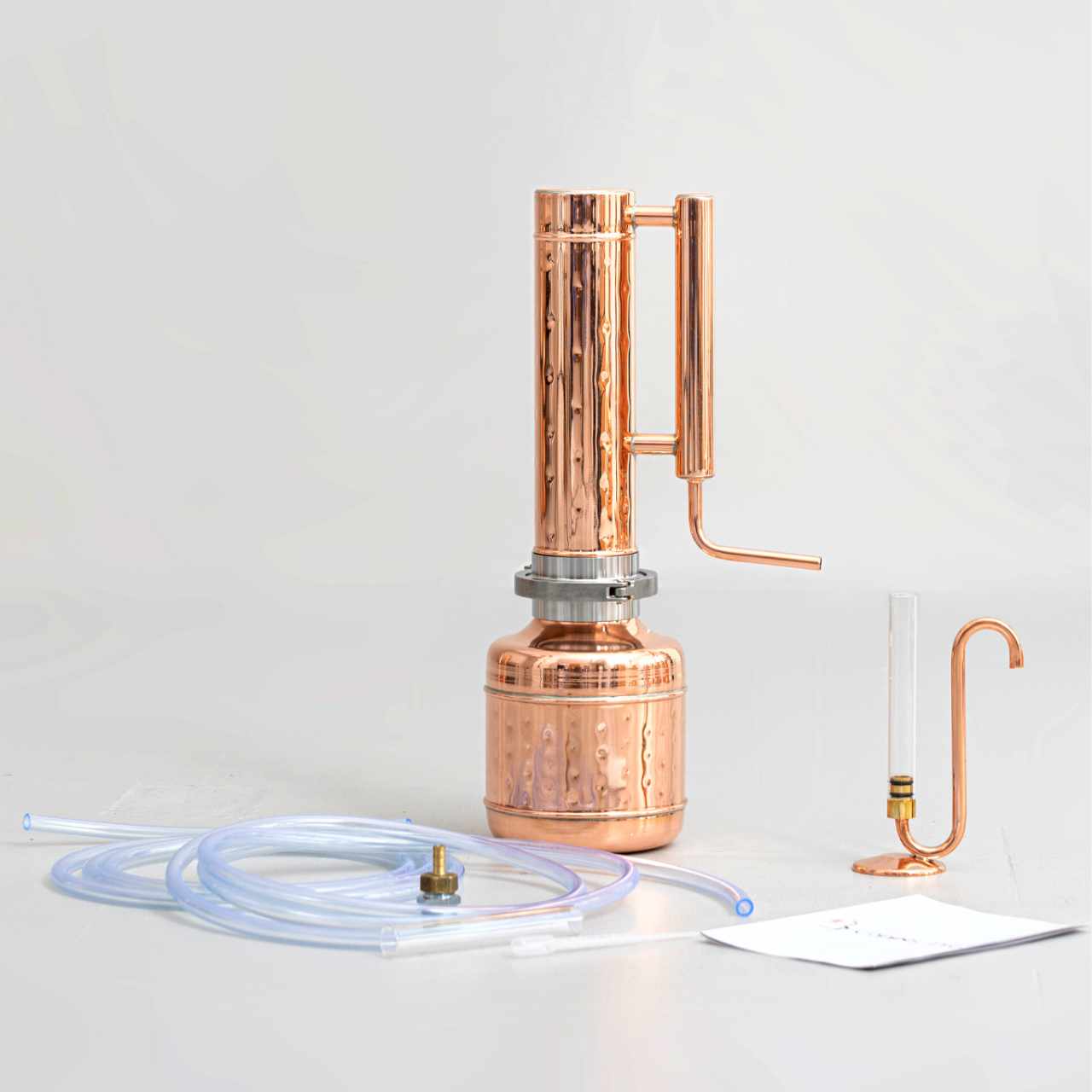
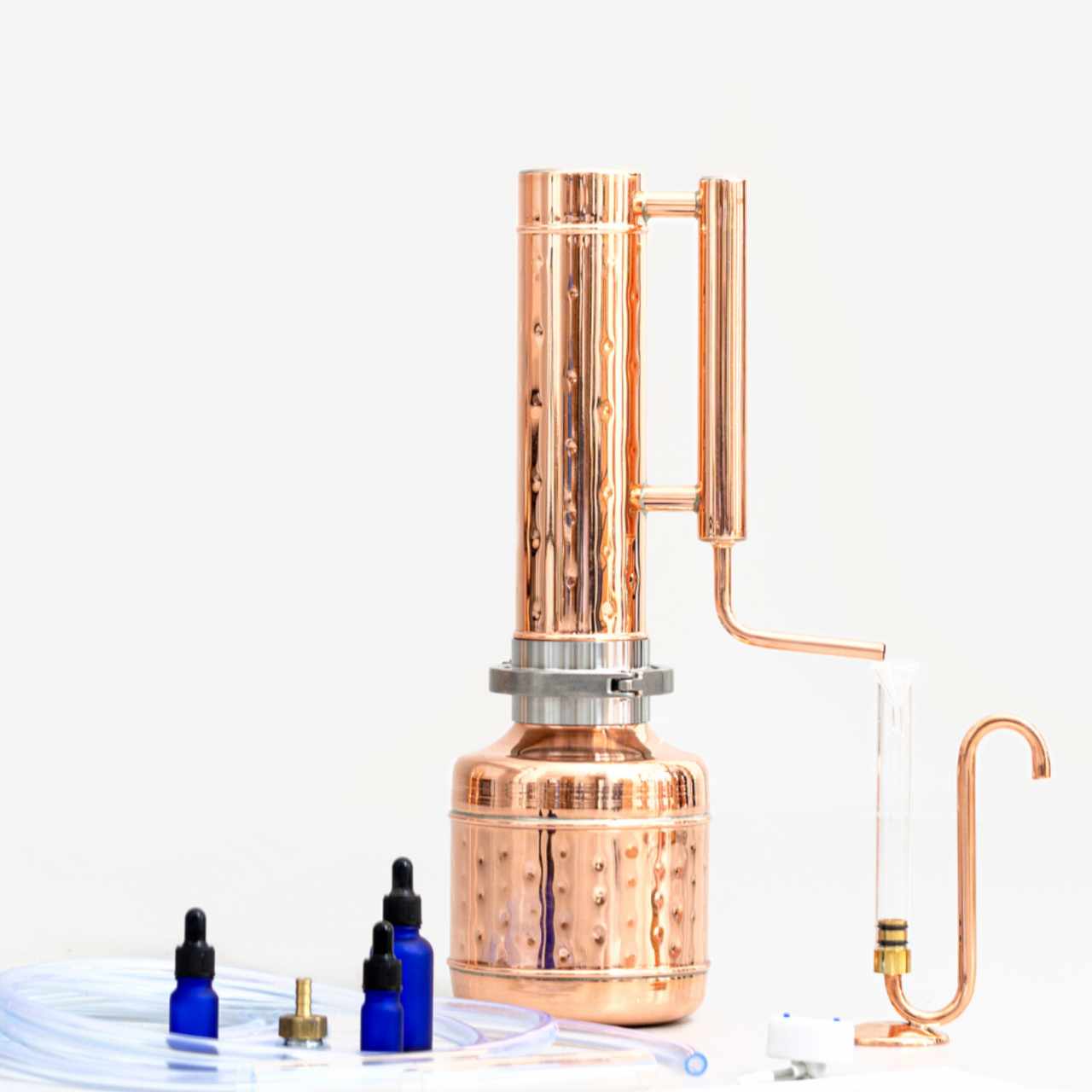

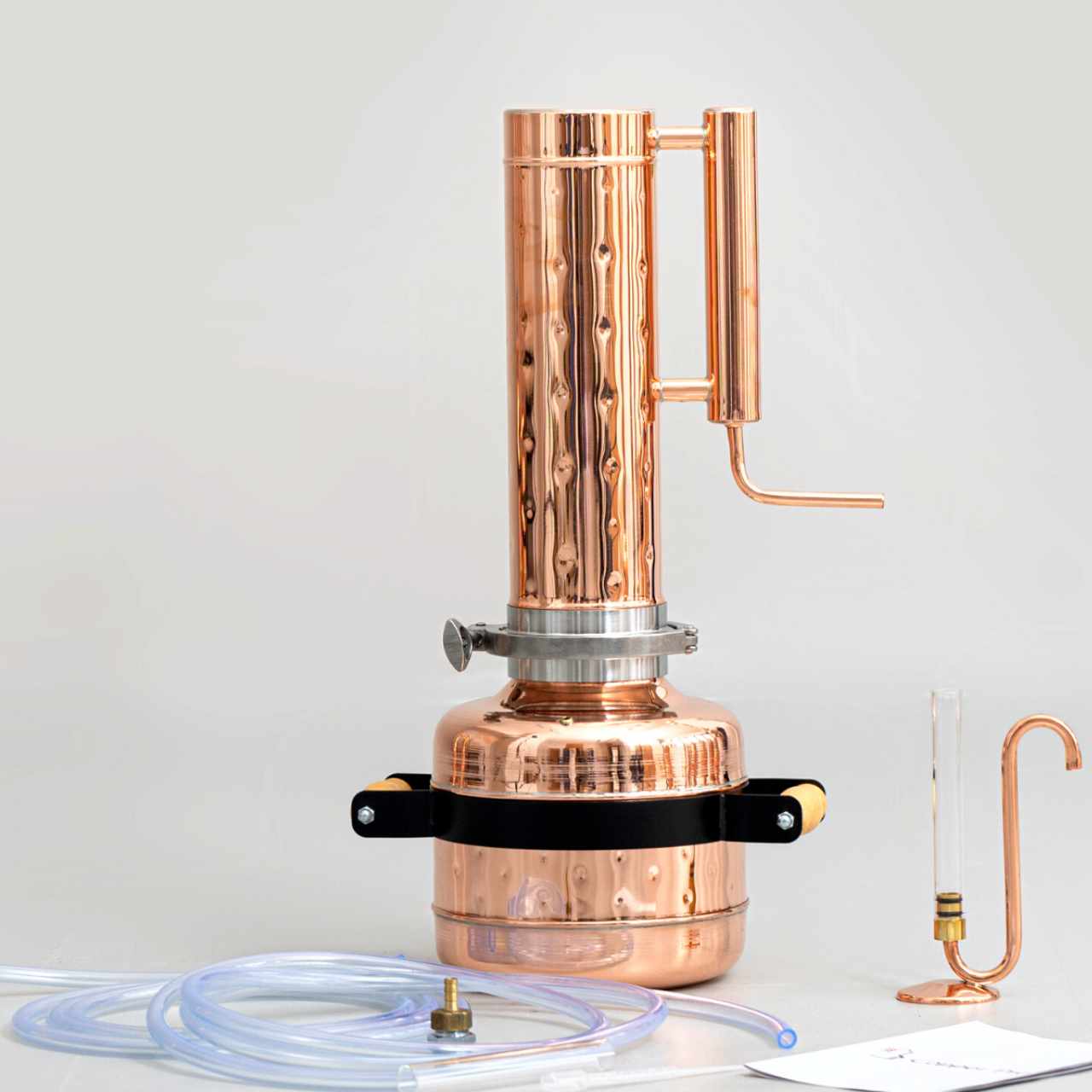

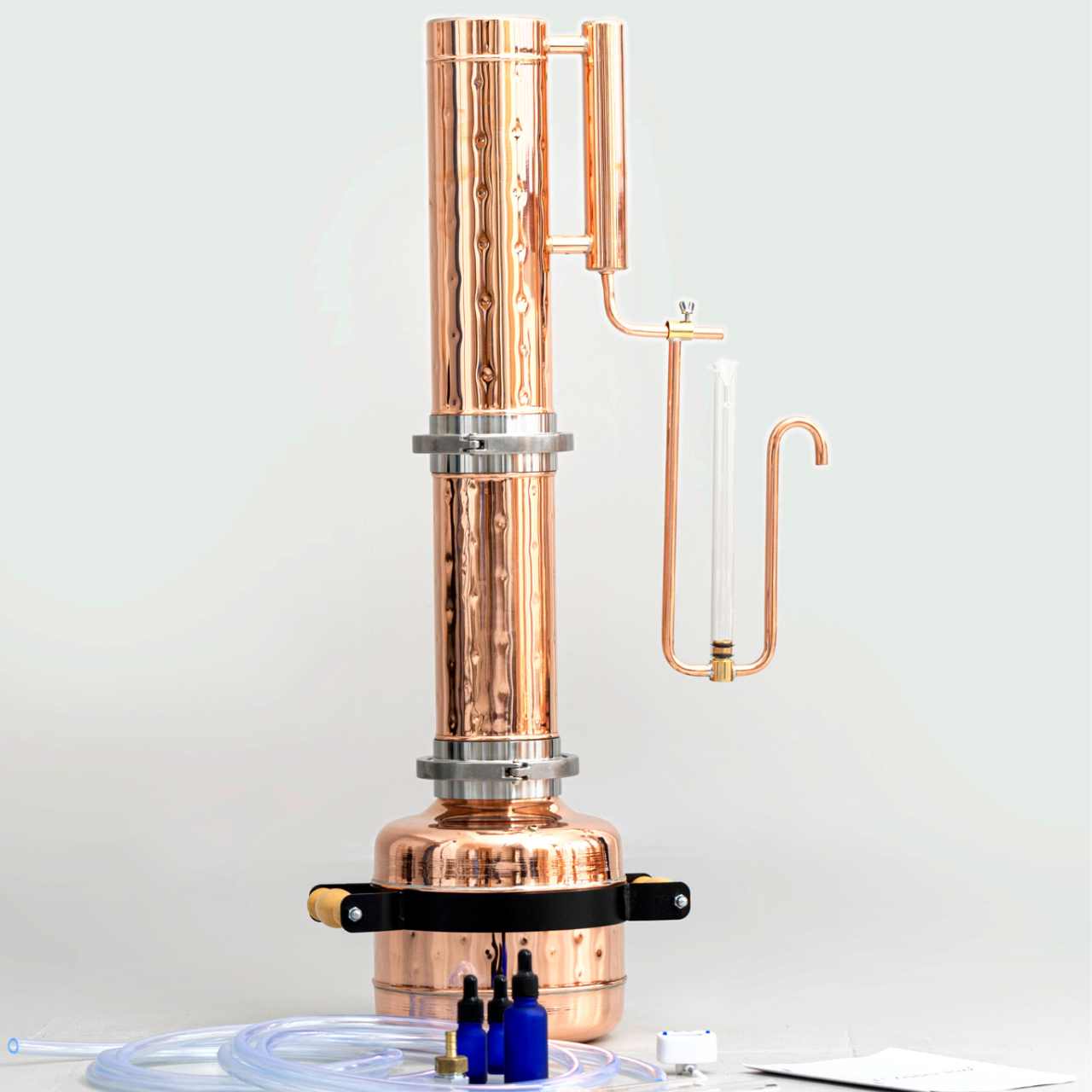
![Essential oil extractor 0.53G (2L) - [Premium Kit] - Copper Pro](http://copper-pro.com/cdn/shop/files/essential-oil-extractor-053g-2l-premium-kit-127057.jpg?crop=center&height=1280&v=1740390471&width=1280)
Comments (0)
Back to Blog Posts